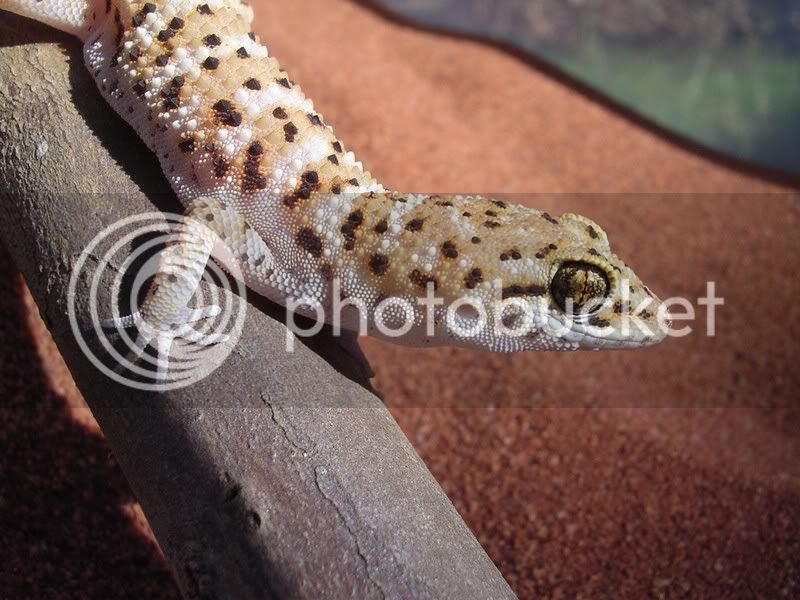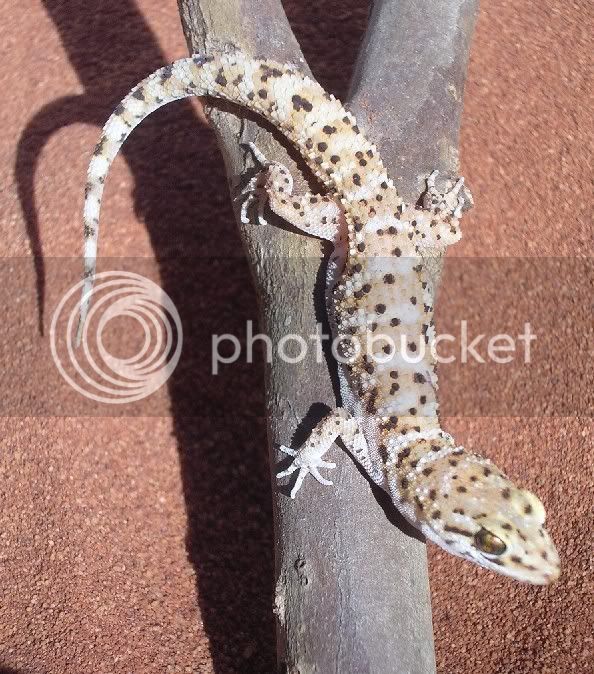There are two native species of reptiles known to be parthenogenetic, one is a small skink (there are none legally in captivity) and the other is a species of Heteronotia (still usually called a type of Bynoe's Gecko, although it is a different species). The parthenogenetic "Bynoe's Geckoes" are obligate parthenogens, which means they can only reproduce on their own, in fact, males don't even exist in their species! (The Komodo Dragons are different in that their offspring are not clones, which actually means that genetically they are the equivalent of the result of severe inbreeding!) All of the gecko babies are clones of their mothers, which means that the ones which exist today are clones of the original lizards, the very first members of their species from over 100,000 years ago - before modern humans existed!
Yes, the parthenogenetic geckoes are legally in captivity and yes, it's possible to clone them in your own home! Before anyone asks, I sold out yesterday (yes, really!) but have some which have just hatched and will be available in a few weeks.
Here are pictures of my favourite clone (there are several different clone lines, each of which has a seperate history dating back over 100,000 years). This clone line is called "Sandstorm".
And here is a baby clone produced by the adult in the previous pictures (yes, she still has her juvenile colours).






